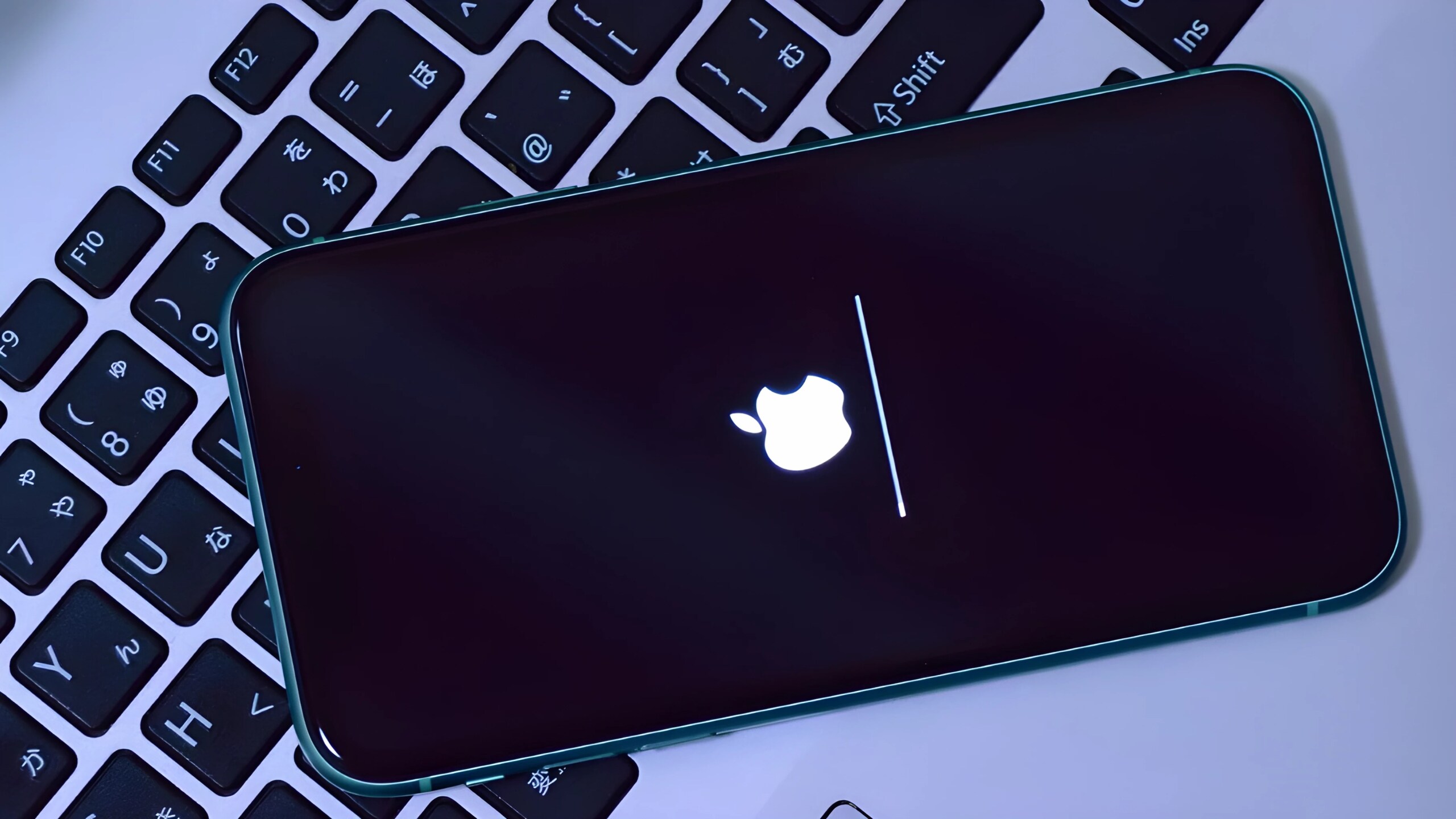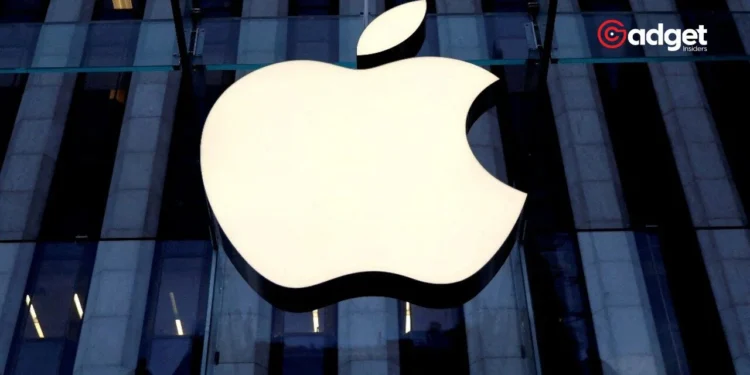Motion sickness, a common issue for many mobile device users, occurs due to a sensory conflict between what the eyes see and what the body feels, especially in a moving vehicle. Apple’s innovative solution, named “Vehicle Motion Cues,” aims to mitigate this discomfort by integrating visual cues on the device’s display.

According to a recent blog post by Apple, this feature uses animated dots along the screen edges to represent vehicle movements, thus helping to synchronize the visual and vestibular senses without distracting from the main content. “Vehicle Motion Cues operates by utilizing the built-in sensors in iPhones and iPads to detect when the device is in a moving vehicle,” Apple explained in the announcement. The feature can be activated automatically or manually via the Control Center, offering flexibility for users based on their preference and needs.
Expanding Accessibility Features
Alongside the Vehicle Motion Cues, Apple has unveiled a slew of enhancements aimed at improving accessibility across its device ecosystem. Noteworthy among these is the introduction of eye-tracking technology, which allows users to navigate app interfaces and activate elements using only their gaze. This feature is particularly empowering for individuals with physical disabilities, enabling them to interact with their devices more freely and effectively. Furthermore, Apple is enhancing its CarPlay service with voice control and sound recognition capabilities. These additions are designed to assist users who are deaf or hard of hearing, with notifications for important sounds like car horns and sirens, ensuring safer travel experiences.
Revolutionizing Music Enjoyment with Haptics
A standout feature in Apple’s latest accessibility push is the Music Haptic functionality. This feature transforms the listening experience for users with hearing impairments by using the iPhone’s Taptic Engine to convert audio cues into tactile feedback.

“Music Haptics will bring a new dimension to music enjoyment, making it more inclusive by allowing users to feel the music through subtle vibrations,” said Apple. This feature will support a vast array of songs from the Apple Music catalog and will be available to developers through an API to integrate into their applications.
Advancements in Apple’s Accessibility and Innovation
Scheduled for rollout later this year, potentially after the launch of iOS 18 in September, these features underscore Apple’s commitment to inclusivity and continuous innovation in user experience. By addressing common barriers that users face, company not only enhances the functionality of its devices but also reaffirms its role as a leader in technological accessibility.

With these advancements, company continues to set high standards for what mobile devices can achieve, focusing on features that promote ease of use, safety, and enjoyment for all users, regardless of their physical limitations or conditions. As these features become available, they are expected to significantly enrich the iOS ecosystem, making devices even more essential tools for everyday life.










